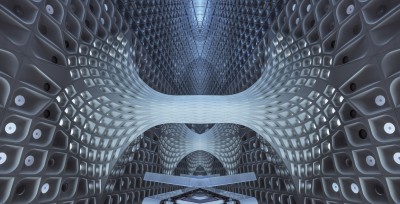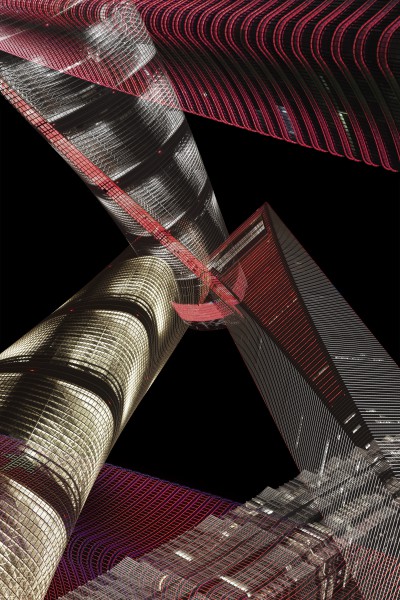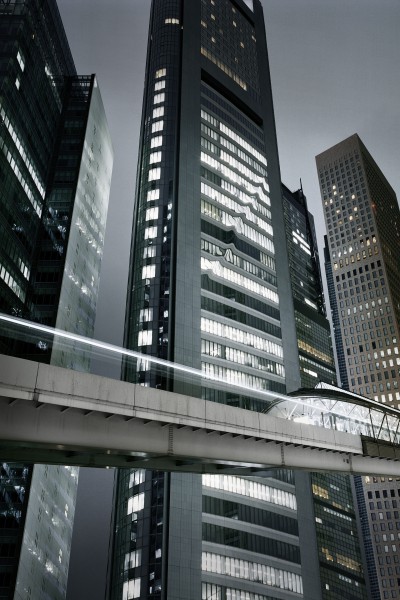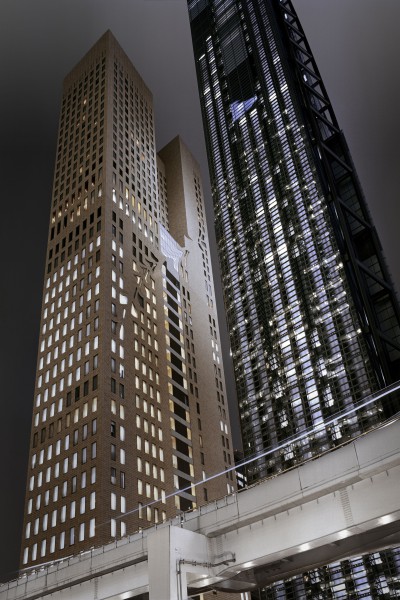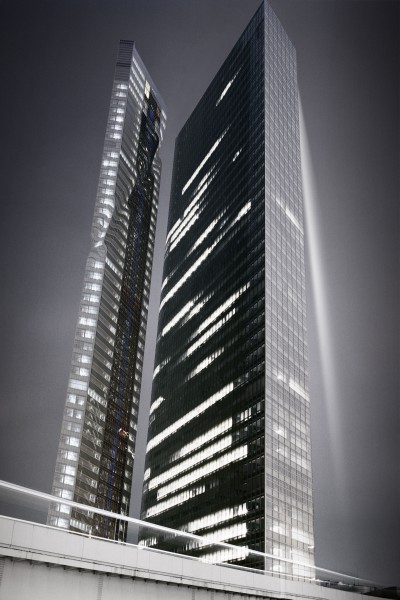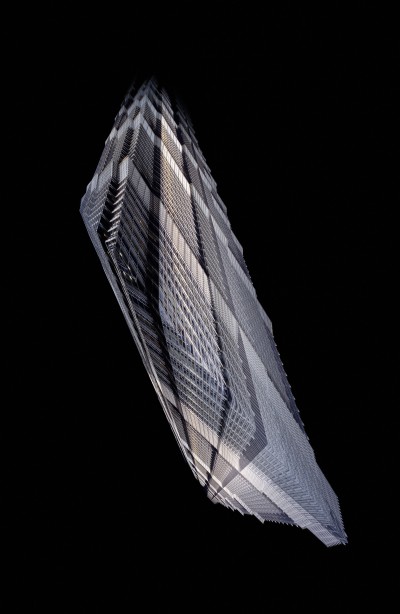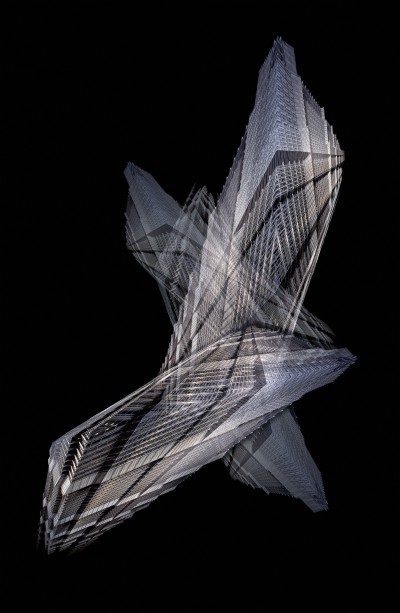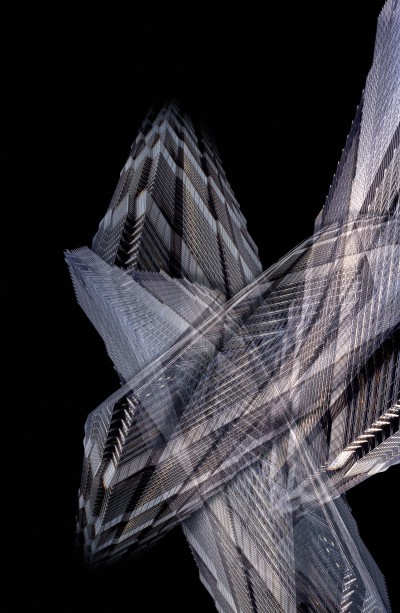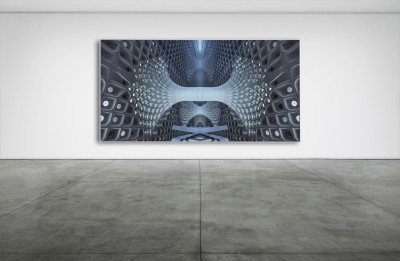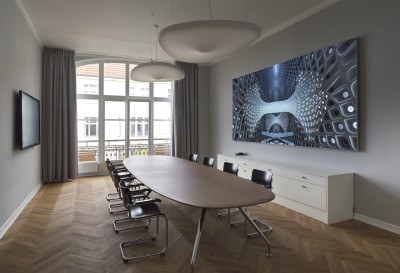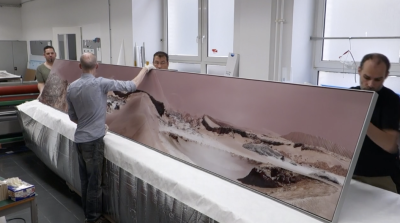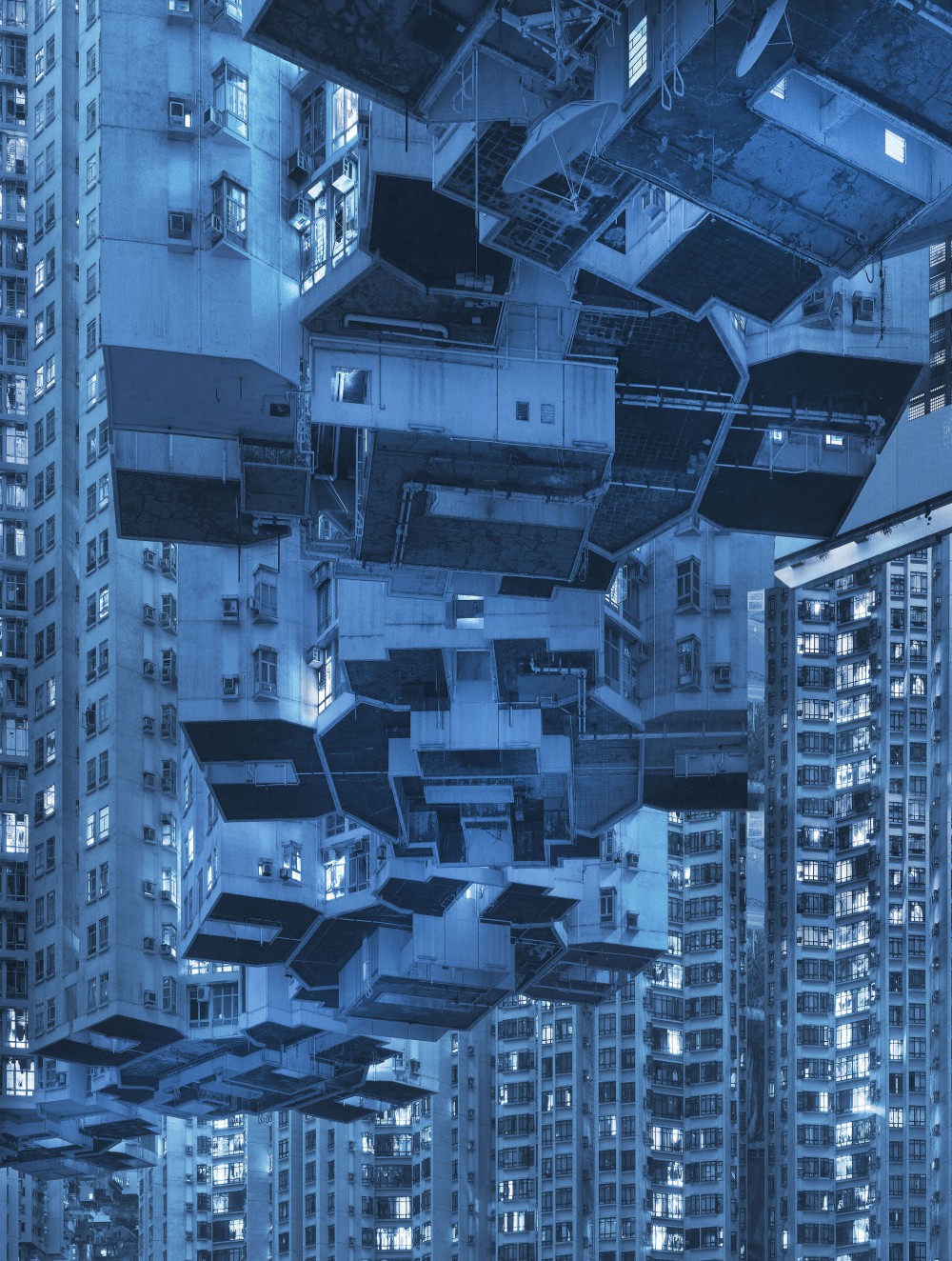
highrise | hongkong
Format: 212 x 160 cm / 83.5 x 63 in, edition of 5 + 2 AP
Hybrid photography, archival pigment print, aludibond, diasec
By 2050 two thirds of humankind will be living in cities. Many of today’s megacities will grow into gigacities of over one hundred million inhabitants. The scale and speed of urbanisation across the developing world today are unprecedented. Cumulative growth of our megacities is set to usher in a new era of city life, changing the face of the planet. Rapid growth of density in the megacities has a massive impact on the daily lives of citizens and their social structures. Hong Kong, a semiautonomous Chinese city of 7.4 million people, is probably the city of the greatest inequality anywhere on earth. There are more than 10,0000 extremely narrow, illegally subdivided, apartments housing more than 200,000 people in the former British colony. Some are so small they are called cages or coffins. This new type of extremely small apartments could be a glimpse into the future of human urban existence.
The artwork "highrise | hong kong" pictures apartment blocks at night in Hong Kong from an undefined standpoint. The work emphasizes growing urban density in our megacities and the loss of decent living space. A spine-like floating structure crosses the image vertically, pulling viewers into its depths. The small parabolic antenna on top refers to the electronic topography of our daily lives. Several small illuminated windows in the background indicate a human presence behind the massive vertical walls. The artwork is linked to Michael Najjar´s “netropolis“ series in which the city is viewed from a panoramic macro-perspective, though "high-rise | hong kong" takes viewers into a megacity’s micro-structures. Ridley Scott‘s dystopian cyberpunk vision “Blade Runner” (1982) – where humans are crushed by the density of an overpopulated futuristic megacity – has become present-day reality.
